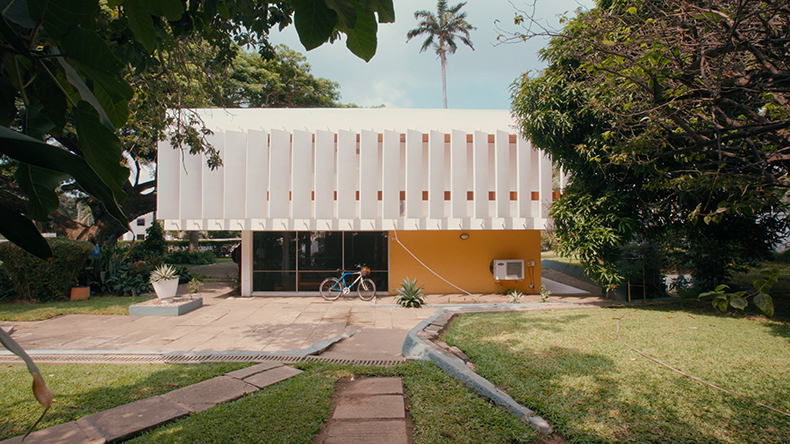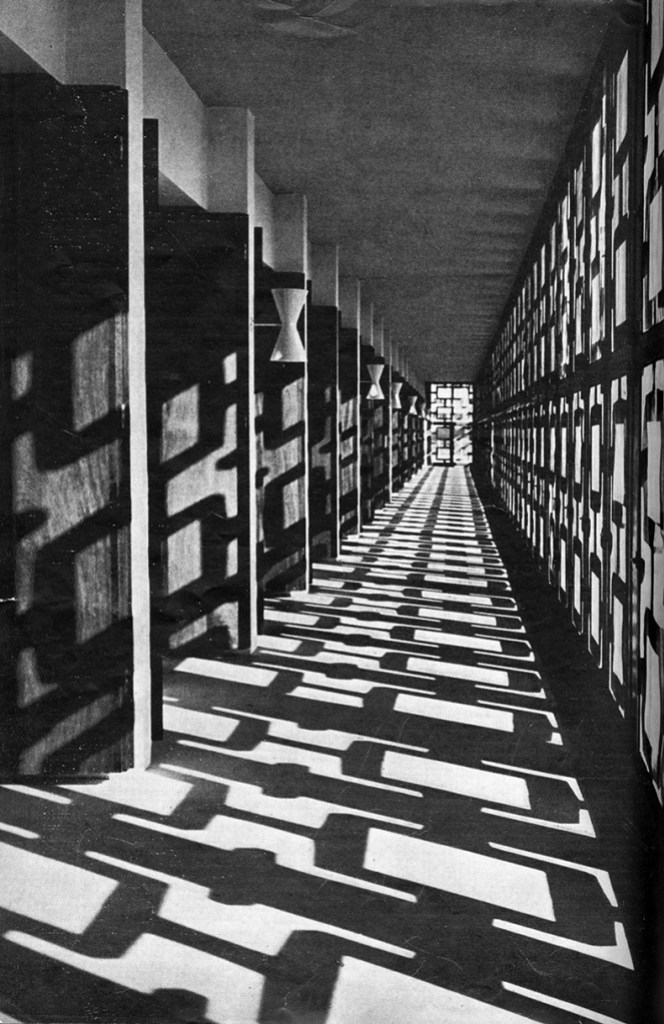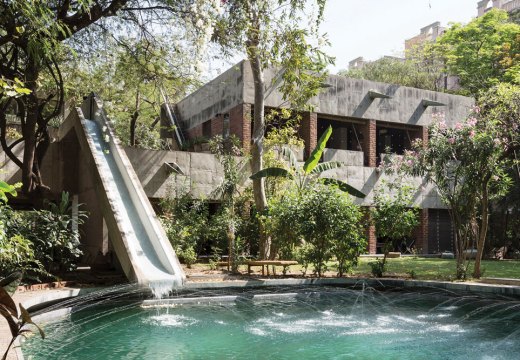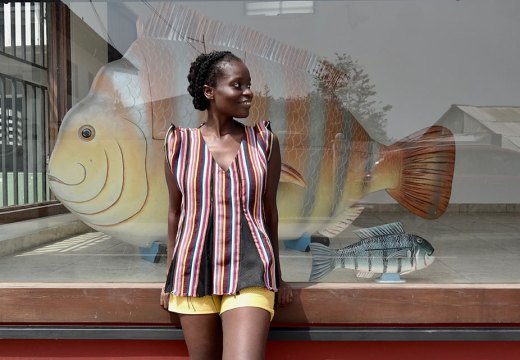A desire to fuse the principles of modernist architecture with an approach that responded to humid conditions led to the development of Tropical Modernism in the late 1940s. Though this architectural movement was bound to a colonial history, originating in West Africa during British occupation, countries such as Ghana and India embraced it as a means of constructing their national identity after independence. The resulting structures, such as Scott House in Accra, Ghana, incorporated both traditional architectural styles and the sleek, functional qualities of modernist design. Through a collection of photographs, films, drawings, models, letters and archival materials, this exhibition at the V&A (2 March–22 September) bears witness to the myriad ways that Tropical Modernism manifested across the globe and how it became an emblem of post-colonial idealism. Find out more from the V&A’s website.
Preview below | View Apollo’s Art Diary

Scott House designed by Kenneth Scott, Accra, as seen in a still from a film in ‘Tropical Modernism: Architecture and Independence’. Photo: © Victoria and Albert Museum, London

Library veranda of University College, Ibadan. Photo: courtesy RIBA.

Mfantsipim School designed by Fry, Drew & Partners, Cape Coast as seen in a still from a film in ‘Tropical Modernism: Architecture and Independence’. Photo: © Victoria and Albert Museum, London
Unlimited access from just $16 every 3 months
Subscribe to get unlimited and exclusive access to the top art stories, interviews and exhibition reviews.














![Masterpiece [Re]discovery 2022. Photo: Ben Fisher Photography, courtesy of Masterpiece London](http://www.apollo-magazine.com/wp-content/uploads/2022/07/MPL2022_4263.jpg)
It’s time for the government of London to return to its rightful home